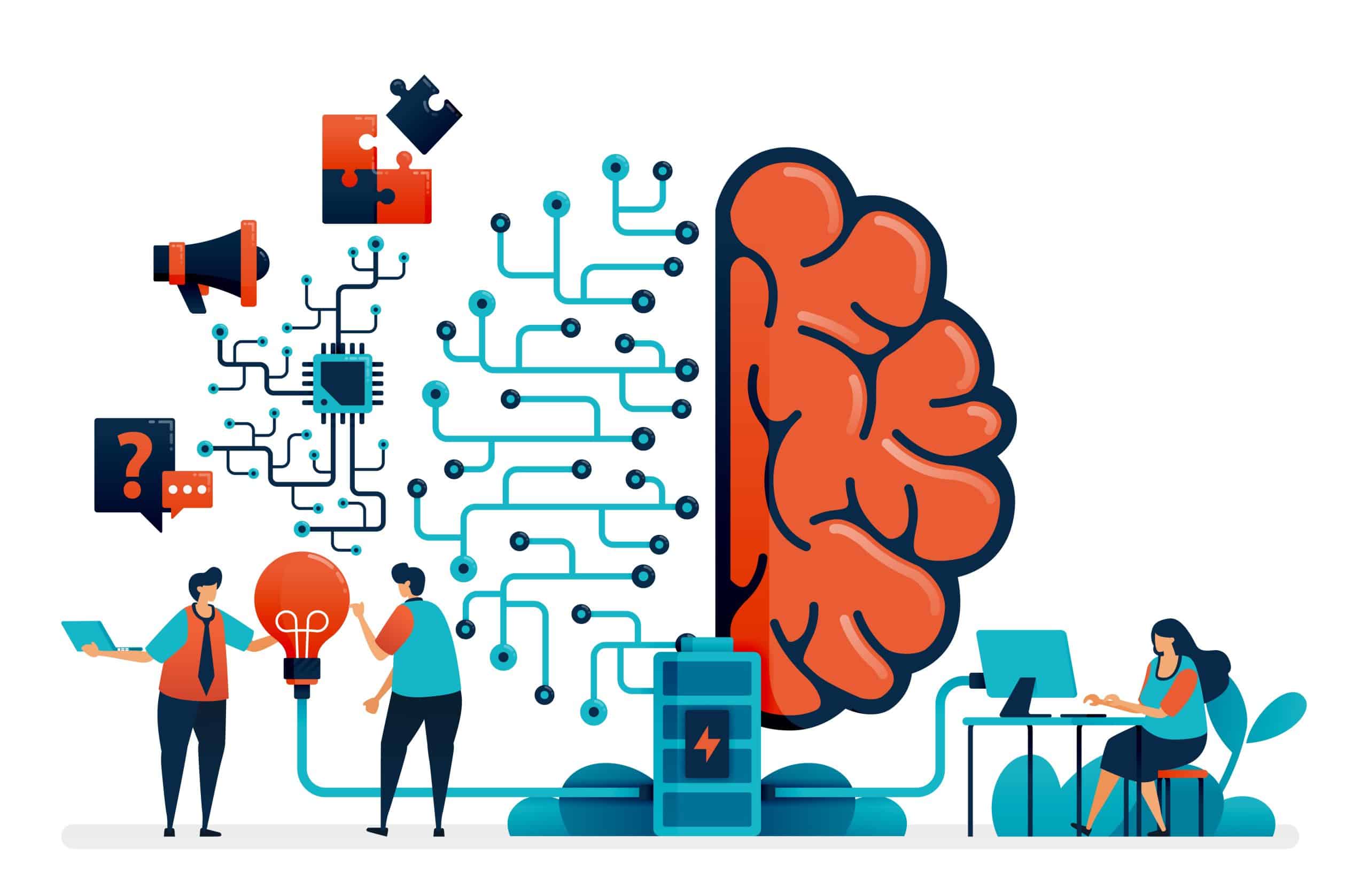- 🌐 Third-party cookies have been the cornerstone of digital advertising for over two decades.
- 🚫 Google’s planned cookie phase-out is causing industry-wide concern.
- 🔍 Only 8% of marketers feel fully prepared for a cookieless world.
- 🛠️ The shift opens opportunities for privacy-centric and multi-source data approaches.
- 💡 Alternative data sources, such as web traffic patterns and financial transactions, offer new insights.
- 🌍 Contextual data is gaining importance as a replacement tool.
- ⚖️ Balancing precision and cost is crucial for effective campaigns.
- 🧪 Effective measurement techniques include multi-pronged approaches and probabilistic models.
- 🤖 Automation is essential in handling the increasing complexity of digital advertising.
- 🗺️ Marketers should use Google’s delay to test and refine new strategies.
- ⚖️ Finding the right balance between precision targeting and broader reach is key.
As the digital advertising landscape undergoes a seismic shift, the impending phase-out of third-party cookies signals a transformative era for marketers. For over two decades, third-party cookies have been the bedrock of targeted advertising, enabling marketers to reach their desired audience with pinpoint accuracy. However, the sun setting on this era brings both challenges and opportunities.
The End of an Era: The Third-Party Cookie Conundrum
For over two decades, third-party cookies have been the silent workhorses of digital advertising. These small data files, stored on users’ browsers, have allowed advertisers to track user behavior, creating highly targeted campaigns. However, an industry-wide upheaval is imminent as Google plans to phase out these cookies, instilling concern and uncertainty among marketers.
Did you know? Only 8% of marketers feel fully prepared for a cookieless world, exemplifying the magnitude of this shift.
Embracing a Privacy-Centric Future
While the end of third-party cookies may evoke a sense of panic, it also opens the doors to a more privacy-centric and multi-source data-driven future. Here’s how:
The Advent of Alternative Data Sources
- Web Traffic Patterns: By analyzing web traffic, marketers can gain insights into user behavior and purchase intent.
- Financial Transactions: Data from financial transactions can reveal purchasing power and spending patterns.
- Sensor Data: Leveraging sensor data can help target users based on their physical location.
The Rising Importance of Contextual Data
As marketers pivot away from cookie-based strategies, contextual data is stepping into the limelight. Contextual data includes information about the content a user is engaging with, helping advertisers serve more relevant ads without violating privacy norms.
Balancing Precision and Cost
One of the most significant challenges in this new landscape is balancing precision targeting with cost-effectiveness.
Precision vs. Scale
- Precision: Highly precise data, like logged-in user emails, offers unmatched targeting capabilities but lacks the scale needed for larger campaigns.
- Scale: Broader data points, such as job titles, provide greater reach but may miss the nuanced behavior of individual users.
A Holistic Approach is Key
To navigate this complexity, marketers should:
- Combine Multiple Data Sources: Use a blend of first-party data, cohorts, and contextual information.
- Prioritize Cost-Effectiveness: Ensure that the data used is worth the investment by carefully vetting sources for quality and scale.
Effective Measurement Techniques
Without effective measurement, even the most meticulously planned campaigns can fail. The demise of cookies necessitates a reevaluation of measurement techniques.
Multi-Pronged Measurement Strategies
- Traditional Techniques:
- Cohort Analysis: Grouping users based on shared characteristics.
- Logged-in User Panels: Monitoring user behavior within brand ecosystems.
- Probabilistic Models: Using statistical analysis to estimate campaign impact.
- Match Market Tests: Creating control groups for comparison.
By integrating these methods, brands can create a comprehensive picture of campaign effectiveness, leading to intelligent optimization and improved ROI.
The Role of Automation in Modern Advertising
As privacy regulations tighten and the digital advertising ecosystem becomes increasingly complex, automation takes center stage.
Automation in Ad Tech
- Real-Time Optimization: Algorithms can handle real-time campaign adjustments with minimal human intervention.
- Streamlining Operations: Automation simplifies intricate processes, enhancing user-friendliness and operational efficiency.
Seizing the Phase-Out Window
Google’s delay in phasing out cookies should not be seen as a window for complacency. Instead, it offers a valuable opportunity to test and refine alternative strategies.
Strategic Actions to Take
- Experiment with New Approaches: Use this time to explore and test alternative data sources and tactics.
- Refine Measurement Techniques: Ensure your measurement strategies are robust and adapt to the new environment.
Conclusions and Looking Ahead
The phase-out of third-party cookies marks a significant shift in digital advertising but also paves the way for innovative approaches. By embracing alternative data sources, effective measurement strategies, and automation, marketers can not only survive but thrive in this new era.
Embrace this change, balance precision with scale, and harness the power of automation to stay ahead of the curve in digital advertising’s multi-source revolution.







